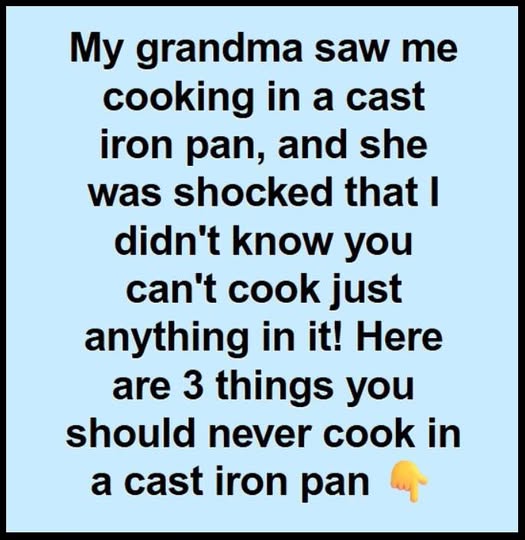I absolutely love cooking with cast iron it’s my go-to for everything from searing steaks to baking cornbread. There’s just something about the even heat and rustic charm that makes every meal feel special. Cast iron is incredibly durable and, with the right care, can last for generations. But I’ve learned that not every ingredient plays nice with it.
One big lesson came after I made shakshuka in my skillet. The acidic tomatoes stripped away the seasoning, and the whole dish had a weird metallic taste. I didn’t know then that highly acidic foods like tomatoes, vinegar, and citrus can damage the seasoning layer. Now, I avoid these in cast iron unless it’s very quick cooking.
I’ve also run into trouble with strong-smelling foods especially fish and garlic. Even after scrubbing and baking the pan at 400°F, the odors sometimes linger. That means your next batch of pancakes might come with a surprise fishy aftertaste. For anything pungent, I reach for a stainless steel or non-stick pan instead.
And let’s not forget eggs they sound easy but love to stick to cast iron, no matter how well-seasoned it is. Cleaning up the mess can be frustrating and time-consuming. These days, I keep a non-stick skillet handy just for my scrambled breakfasts. Knowing when to switch pans helps protect your cast iron and keeps your meals tasting just right.
